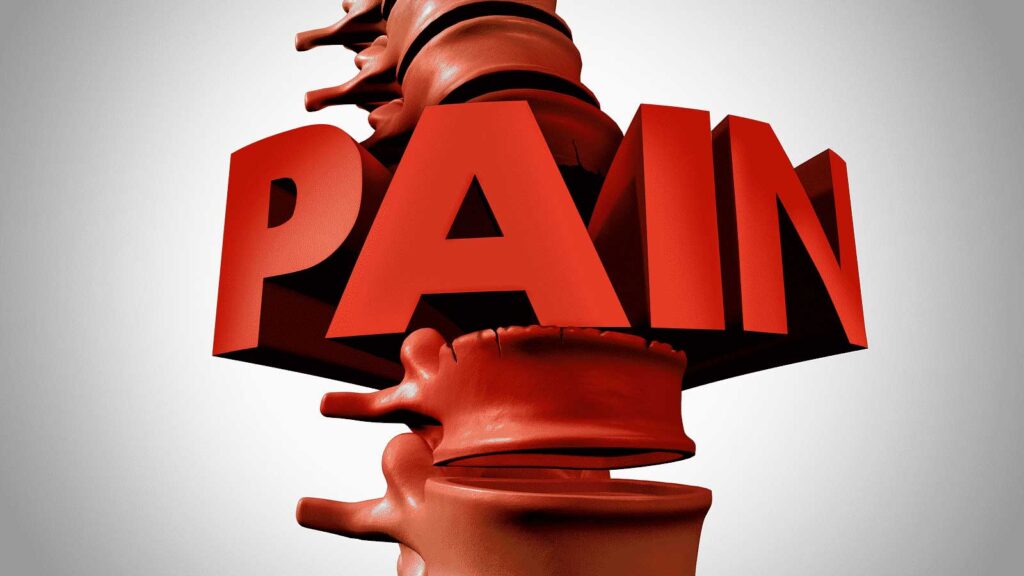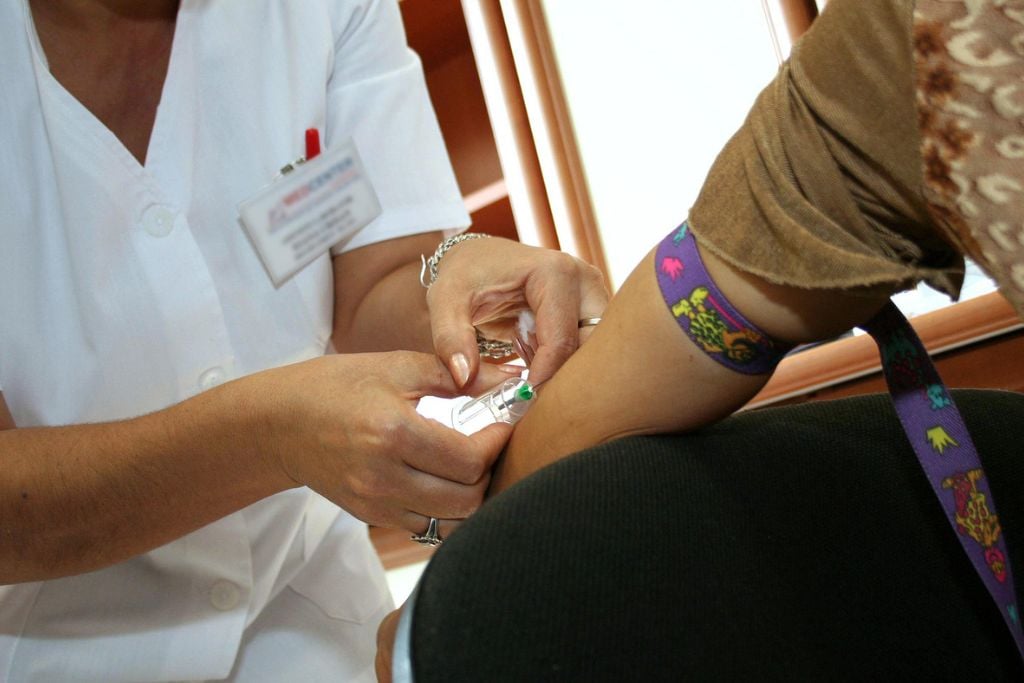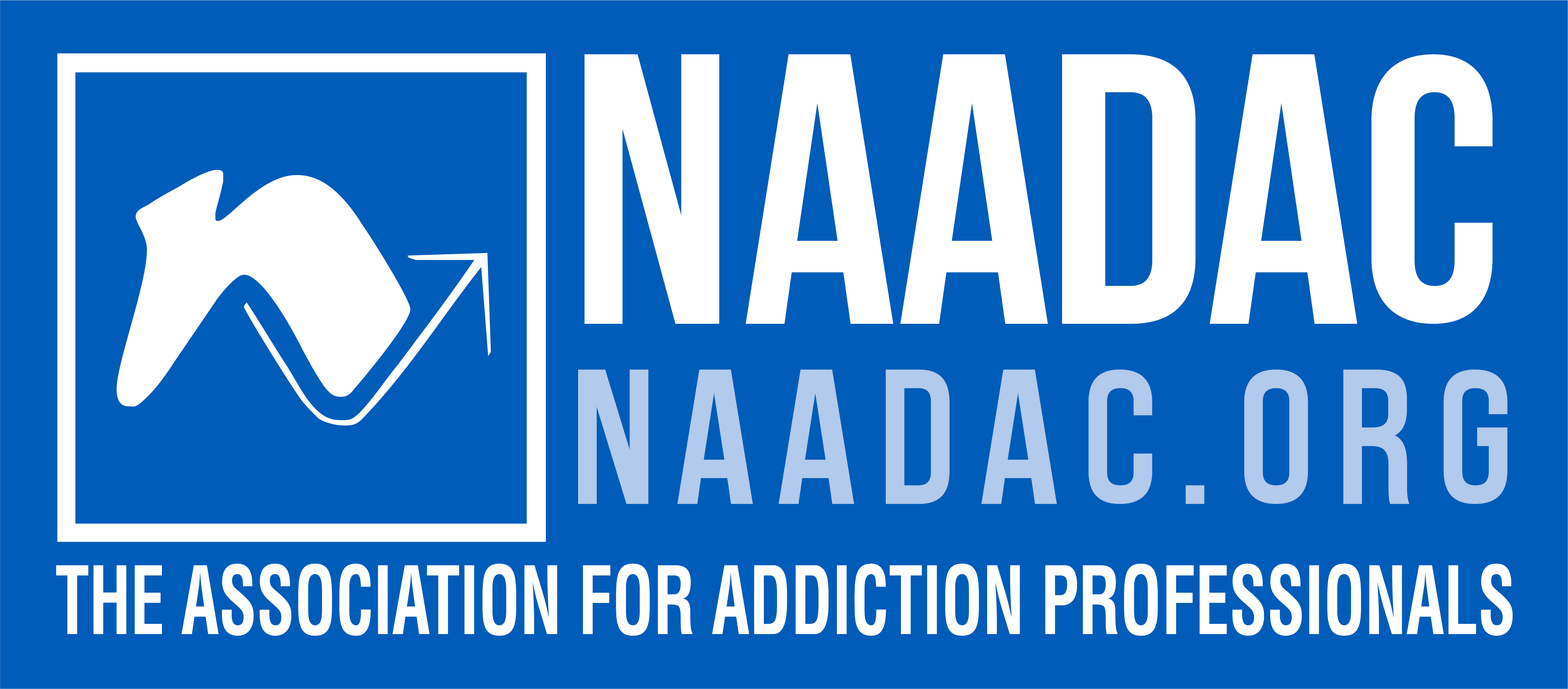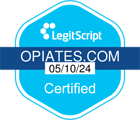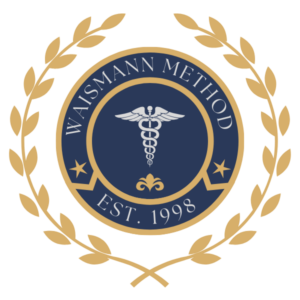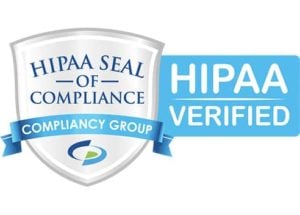Heroin withdrawal is a profound physiological process that occurs when someone who has developed a dependence on heroin abruptly reduces or stops its use. Understanding the science behind withdrawal, recognizing its symptoms, and knowing how to navigate this challenging period are crucial for anyone affected by heroin addiction-whether directly or indirectly. This comprehensive guide will walk you through the physiological mechanisms, symptom timeline, evidence-based treatments, and actionable steps for managing heroin withdrawal safely and effectively.
What Is Heroin Withdrawal?
Heroin is an opioid that binds to specific receptors in the brain and body, producing intense feelings of euphoria and pain relief. Over time, repeated use leads to physical dependence-meaning the body adapts to the presence of the drug and requires it to function normally. When heroin use is stopped or reduced, the body reacts with a range of withdrawal symptoms as it attempts to regain balance.
The Science Behind Withdrawal
Heroin disrupts the brain’s natural balance of neurotransmitters and hormones. Chronic use alters the structure and function of brain cells, particularly in regions responsible for reward, motivation, and stress response. When heroin is suddenly absent, the brain struggles to restore normal function, resulting in a cascade of physical and psychological symptoms.
Heroin Withdrawal Symptoms: What to Expect
Withdrawal symptoms can begin as soon as a few hours after the last dose and typically peak within 24–48 hours. The severity and duration depend on factors such as the amount used, duration of use, and individual physiology.
Early Symptoms (within 6–12 hours)
- Agitation and anxiety
- Muscle aches
- Increased tearing (watery eyes)
- Runny nose
- Sweating
- Yawning
- Insomnia
Peak Symptoms (24–48 hours)
- Abdominal cramping
- Nausea and vomiting
- Diarrhea
- Dilated pupils
- Goosebumps (“cold turkey”)
- Intense cravings
- Rapid heartbeat and high blood pressure
Late Symptoms (up to a week or more)
- Fatigue
- Depression
- Persistent insomnia
- Muscle and bone pain
Some individuals may experience lingering symptoms (post-acute withdrawal syndrome) for weeks or even months, including mood swings, sleep disturbances, and cravings
Is Heroin Withdrawal Dangerous?
While heroin withdrawal is rarely life-threatening, it can be extremely uncomfortable and, in some cases, lead to complications such as dehydration from vomiting and diarrhea, or exacerbation of underlying health issues. Severe withdrawal should always be managed with medical supervision, especially for those with co-occurring physical or mental health conditions.
The Timeline of Heroin Withdrawal
| Phase | Timeframe | Common Symptoms |
|---|---|---|
| Early Withdrawal | 6–12 hours | Anxiety, muscle aches, runny nose |
| Peak Withdrawal | 24–48 hours | Nausea, vomiting, diarrhea, cramps |
| Late Withdrawal | 3–7 days | Fatigue, depression, insomnia |
| Protracted | Weeks–months | Mood swings, cravings, sleep issues |
Medical Management of Heroin Withdrawal
Medications
- Methadone: An opioid agonist that relieves withdrawal symptoms and can be used for long-term maintenance.
- Buprenorphine (Subutex, Suboxone): Reduces withdrawal severity and cravings, can be used for detox or maintenance.
- Clonidine: Alleviates symptoms like anxiety, sweating, and muscle aches, but does not address cravings.
- Naltrexone: Prevents relapse by blocking opioid receptors but should only be used after detox is complete.
Other supportive medications may be prescribed for nausea, diarrhea, or insomnia.
Detox Settings
- At-home Detox: Only recommended with strong support and medical oversight. Withdrawal can be intense and relapse risk is high.
- Inpatient Detox: Provides medical supervision, symptom management, and immediate access to support services.
- Outpatient Programs: Suitable for those with mild to moderate symptoms and a stable support system.
Psychological and Social Support
Withdrawal is not just a physical process-it also involves significant psychological challenges. Depression, anxiety, and intense cravings are common. Comprehensive treatment should include:
- Counseling and Therapy: Cognitive-behavioral therapy (CBT) and motivational interviewing are effective for addressing underlying issues and preventing relapse.
- Family and Peer Support: Involving loved ones can improve outcomes and reduce isolation.
Long-Term Recovery: What Comes After Withdrawal?
Detoxification is just the first step. Heroin use disorder is a chronic, relapsing condition that requires ongoing management. Long-term strategies include:
- Therapy and Counseling: Continued mental health support is vital, especially for co-occurring disorders.
- Lifestyle Changes: Building healthy routines, managing stress, and reconnecting with meaningful activities aid in recovery.
How long does heroin withdrawal last?
Most symptoms subside within a week, but some psychological symptoms can persist for months.
Is it safe to detox from heroin at home?
Withdrawal can be managed at home with medical support, but inpatient detox is recommended for severe cases or those with additional health risks.
What are the risks of not seeking medical help?
Risks include dehydration, relapse, and untreated mental health issues. Medical supervision improves safety and comfort.
Can withdrawal be fatal?
While heroin withdrawal is rarely fatal, complications such as severe dehydration or underlying health issues can be dangerous
What is heroin rapid detox?
Heroin rapid detox is a medical procedure where patients are placed under sedation while doctors use medications to accelerate and manage the withdrawal process. It helps individuals avoid the intense physical suffering of traditional detox and shortens the acute withdrawal phase significantly.
Is rapid detox from heroin safe?
When performed in a full-service accredited hospital by experienced doctors, heroin rapid detox can be safe. Safety depends on the patient’s health, the facility’s medical protocols, and whether proper pre-screening, monitoring, and post-care are provided.
What’s the difference between heroin rapid detox and medical detox?
Heroin rapid detox involves sedation and accelerated withdrawal in a hospital setting. Medical detox, on the other hand, uses medications (like sedatives or comfort meds) to manage withdrawal symptoms gradually, without full sedation. Both methods are overseen by medical professionals.
Sources:
1. A free, confidential, 24/7 helpline for mental health and substance use disorder support, including opioid withdrawal resources.
https://www.samhsa.gov/find-help/helplines/national-helpline
2. FDA: First Non-Opioid Treatment for Opioid Withdrawal
Official FDA announcement on approved medications for opioid withdrawal management.
https://www.fda.gov/news-events/press-announcements/fda-approves-first-non-opioid-treatment-management-opioid-withdrawal-symptoms-adults
3. AdCare: Heroin Withdrawal Symptoms, Timeline, and Detox
Detailed clinical overview of heroin withdrawal symptoms, detox process, and treatment options.
https://adcare.com/opioids/heroin/withdrawal/
4. NCBI Bookshelf: Opioid Withdrawal (StatPearls)
Peer-reviewed medical reference on opioid withdrawal, symptoms, and clinical management.
https://www.ncbi.nlm.nih.gov/books/NBK526012/
5. Children’s Hospital of Philadelphia: Opioid Withdrawal Management in the Acute Care Setting
Quick treatment tips and medical management strategies for opioid withdrawal.
https://www.chop.edu/centers-programs/poison-control-center/opioid-withdrawal-management-acute-care-setting-quick-treatment-tips
6. SA Health: Opioid Withdrawal Management
Australian government clinical guidelines for opioid withdrawal, including heroin.
https://www.sahealth.sa.gov.au/wps/wcm/connect/public+content/sa+health+internet/clinical+resources/clinical+programs+and+practice+guidelines/substance+misuse+and+dependence/substance+withdrawal+management/opioid+withdrawal+management
7. Lake County, Indiana: Opioid Withdrawal – Understanding the Challenges and Symptoms of Recovery
Public health resource explaining opioid withdrawal symptoms and recovery strategies.
https://lakecountyin.gov/departments/health/Nursing-Clinic/Prevention/Opioids/opioid-withdrawal-understanding-the-challenges-and-symptoms-of-recovery
8. ASAM National Practice Guideline (PDF)
Comprehensive clinical guideline on opioid withdrawal and medication-assisted treatment by the American Society of Addiction Medicine.
https://www.asam.org/docs/default-source/practice-support/guidelines-and-consensus-docs/asam-national-practice-guideline-pocketguide.pdf


